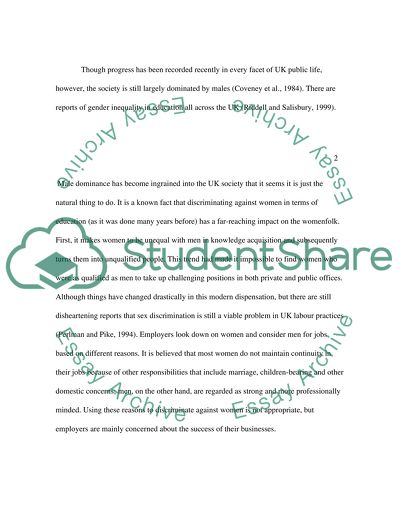Cite this document
(“Discrimination Law Essay Example | Topics and Well Written Essays - 2500 words”, n.d.)
Retrieved from https://studentshare.org/environmental-studies/1405384-discrimination-law
Retrieved from https://studentshare.org/environmental-studies/1405384-discrimination-law
(Discrimination Law Essay Example | Topics and Well Written Essays - 2500 Words)
https://studentshare.org/environmental-studies/1405384-discrimination-law.
https://studentshare.org/environmental-studies/1405384-discrimination-law.
“Discrimination Law Essay Example | Topics and Well Written Essays - 2500 Words”, n.d. https://studentshare.org/environmental-studies/1405384-discrimination-law.


